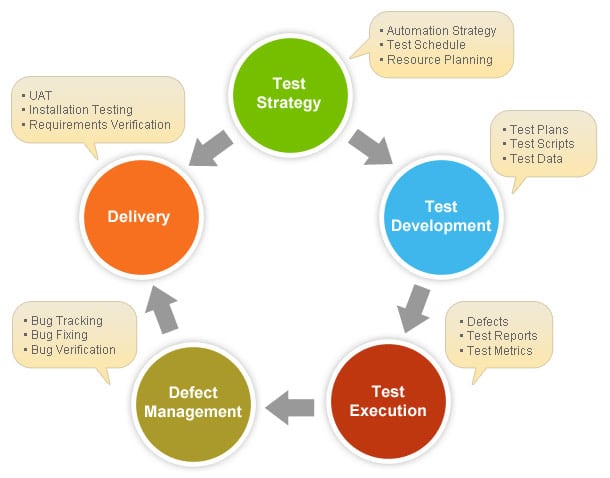Creating a test plan is a critical phase in software testing. It ensures all functional and non-functional aspects of the application are evaluated to meet the quality standards expected by stakeholders. A well-structured test plan acts as a blueprint guiding the testing team through the testing process, from identifying the scope to executing test cases and reporting defects.
Page Contents
Understanding the Basics of a Test Plan
Before diving into the steps of creating a test plan, it’s essential to grasp what it encompasses. It is a document that outlines the strategy, resources, scope, and schedule of intended test activities. It also includes the objectives, deliverables, risks, and the contingency plan.
This is not just a checklist; it’s a roadmap for quality assurance. It aligns the testing team’s efforts with the project’s goals and ensures that everyone is on the same page regarding the testing processes and objectives.
Step 1: Analyze Product Requirements

Source: snapaddy.com
The first step in creating a test plan is to thoroughly analyze the product requirements. This involves reviewing the project documentation, including the requirements specification, to understand what the software is expected to do. This understanding forms the foundation, guiding the testing objectives and scope.
Once the requirements are clear, the next step is to define the test objectives. These objectives should directly correlate with the product requirements, ensuring that every feature and function will be tested. This alignment ensures that the testing efforts are focused and efficient, covering all critical aspects of the application.
Step 2: Define Test Scope
Defining the test scope involves deciding which features and functionalities of the application will be tested. This decision is based on the product requirements, risk assessment, and available resources. The scope should be comprehensive yet realistic, covering all critical areas while considering the project’s constraints.
It’s equally important to explicitly state what will not be tested, known as out-of-scope items. This clarification helps manage stakeholders’ expectations and ensures the testing team’s efforts are concentrated on agreed-upon areas, avoiding scope creep and ensuring focused testing efforts.
Step 3: Plan Test Strategy

Source: softwaretestinghelp.com
The test strategy outlines the types of testing to be performed, such as functional, performance, security, and usability testing. The selection of these testing types is pivotal for a comprehensive assessment of the application. For a deeper insight into the principles that drive effective software testing, an informative resource can be found at https://white-test.com/for-qa/useful-articles-for-qa/7-principles-of-software-testing/.
This link offers valuable information and best practices that can further enhance your understanding and application of various testing strategies
Pro Tips for Effective Test Planning
- Collaborate with Stakeholders: Regular communication with stakeholders, including developers, project managers, and clients, ensures that the test plan aligns with the project’s overall goals and expectations.
- Review and Revise: The plan should be a living document, reviewed and updated regularly to reflect changes in the project scope, requirements, or schedule.
- Leverage Tools and Automation: Where possible, use test management tools and automation to streamline the testing process, reduce manual effort, and improve accuracy.
Conclusion
In conclusion, crafting a detailed and well-thought-out test plan is indispensable in the realm of software testing. It not only sets a clear path for the testing team but also aligns testing objectives with the project’s overall goals, ensuring that every feature and functionality undergoes rigorous scrutiny.





